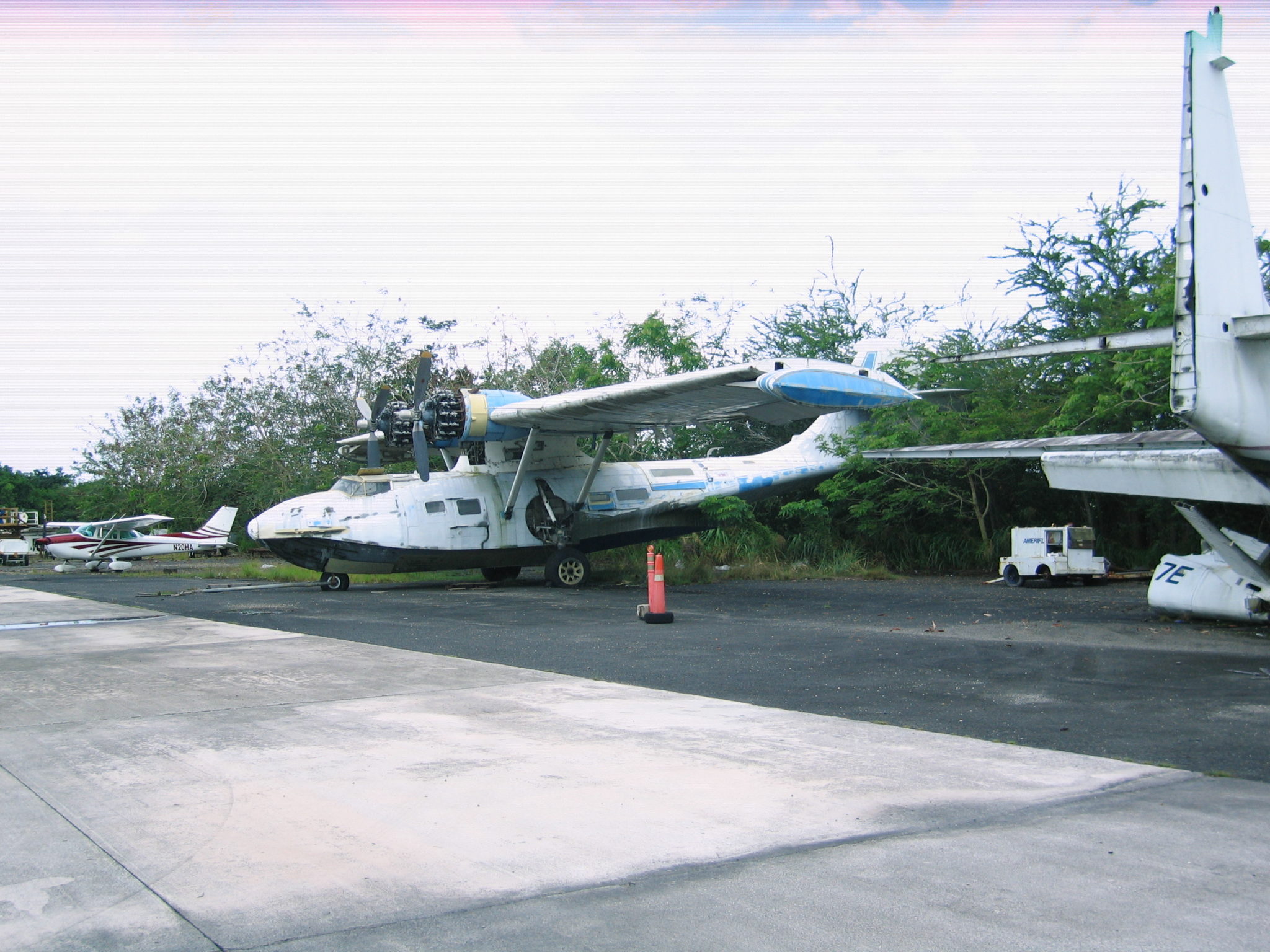We’ve been at the Airbus Innovation Days in Toulouse, with about 200 others from around the globe. Here are some highlights:
A380 wing rib issues: As reported previously in various media, Tom Williams, EVP-programs, outlined the issues with the wing rib cracks. A new metal alloy was used, intended to save weight, that cracked in operations despite fatigue testing failing to discover the issue on a test airplane. Williams attributed the failure to detect the cracks to inadequate instrumentation on the test plane. The new alloy saved about 300kg. There are 60 L-brackets out of 4,000 that require inspection and only 20 are affected. The issue does not affect flight safety and the ribs can be replaced either during a C Check or during a nose-to-tail maintenance check. The “Type 2” cracks, the most serious of two types found, have to be replaced by 1,300 cycles.
A350-800/1000 sales: Boeing has been aggressively casting doubts on these two sub-types, pointing out that there have been no sales since 2008. John Leahy, COO Customers, said there haven’t been sales because he doesn’t have any delivery slots available until the end of the decade. He’s been switching some customers from the 800 to the 900, which is more profitable to Airbus. Where did he get the slots? He won’t say but in a press gaggle after his presentation, he acknowledged to an Indian journalist that Kingfisher Airlines—an A350, A320 and A380 customer—deferred all its deliveries to relieve the need for pre-delivery payments. We asked Leahy if he was re-selling the Kingfisher slots and he demurred, saying that was “confidential.”
(We note that Boeing had a long dry spell in sales of the 787 during the depths of the problems with the airplane and the backlog stretching to late this decade.)
Leahy also said Boeing’s claims that he, Leahy, doesn’t know what the -1000 “is” are false.
A320 v 737: If the war of words over the A350 wasn’t enough, Leahy—and to a lesser extent, Williams, whose focus was principally the A380—repeated the Airbus messaging begun last November at the Credit Suisse conference in New York that fan size does matter and the 737 MAX comes up short. Airbus figures the MAX at best (pre-dating the recent Boeing changes) will gain 8% over the 737NG. We asked Leahy later about the move by Boeing to take the CFM LEAP-1B fan size to 69.4 inches and to add the “Boeing Advanced Technology Winglets” (BATW) to the MAX. Boeing now claims the MAX will be a 13% improvement over the NG. Leahy, who compared the BATW with the MD-11 winglets, said Boeing will get only about one-half percent improvement from this. The 69.4 inch fan still falls short, he said.
Williams, a former engine engineer, said the hotter temperatures and ceramics technology required of the LEAP-1B, will present maintenance challenges.
Read more


